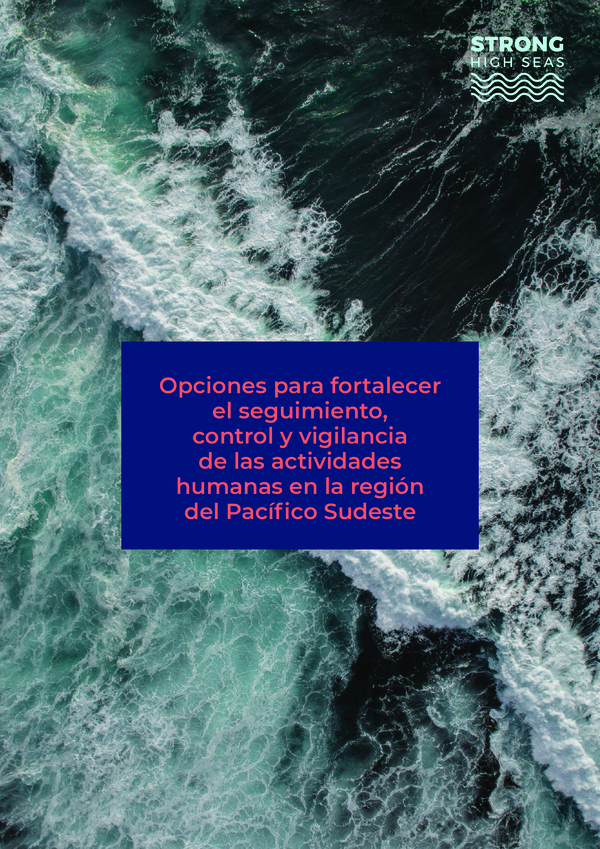Options for Strengthening Monitoring, Control and Surveillance of Human Activities in the Southeast Pacific Region
This report provides an overview of a range of ongoing initiatives to improve governance of ABNJ at the regional level, including: novel modalities, such as the “Collective Arrange- ment for the North...

Abstract
This report provides an overview of a range of ongoing initiatives to improve governance of ABNJ at the regional level, including: novel modalities, such as the “Collective Arrange- ment for the North-East Atlantic”, whereby the OSPAR Commission and the North East Atlantic Fisheries Commission (NEAFC) seek to strengthen cooperation between organisations with a management mandate in the region; coalition-based initiatives, such as the Sargasso Sea Commission and the Pelagos Sanctuary for Mediterranean Marine Mam- mals; and the international legal framework of the Antarctic Treaty System (ATS), under which parties have agreed to develop a representative system of MPAs and have designated the world’s largest MPA in the Ross Sea. These experiences provide a number of useful lessons learnt that can facilitate further devel- opment of regional initiatives and inform the construction of an efficient and effective new international treaty. In particular, this report highlights the need for: effective mechanisms for cooperation and coordination between organisations with a management mandate in ABNJ; the role played by champions and leaders with the political will to drive the process and garner support for improved management; and the importance of developing a dynamic science-policy interface that can provide policy-relevant scientific information to decision makers and stakeholders.
Publication Details
Authors: Klaudija Cremers, Glen Wright, Julien Rochette
Venue: STRONG High Seas Year: 2020 Pages: 46 Institution: STRONG High Seas
Links and Resources
Keywords
★, abnj, bbnj, regional ocean governance, strong high seas, folder - ocean governance - new technologies fishe